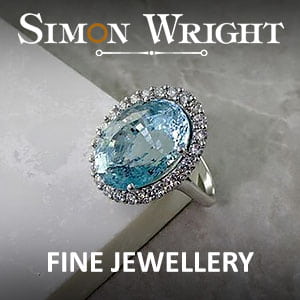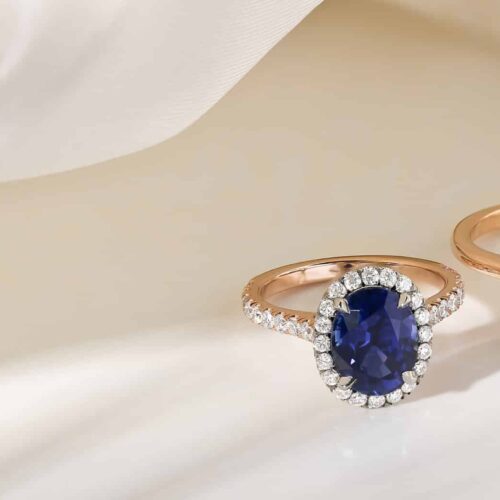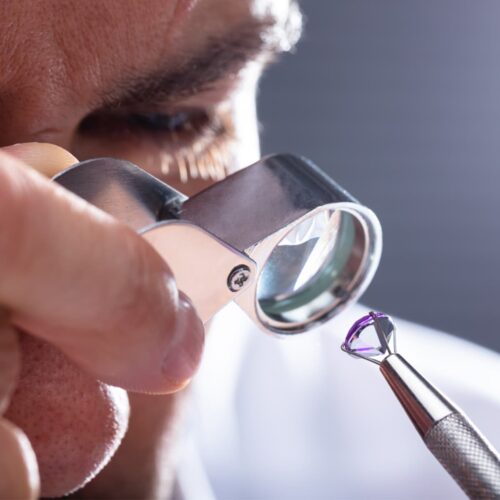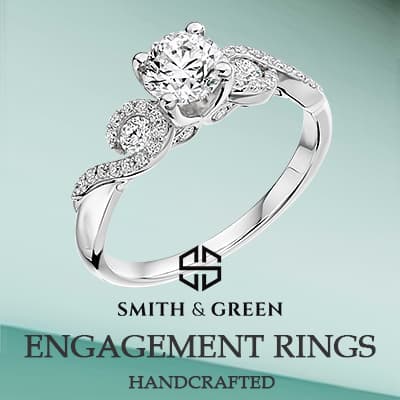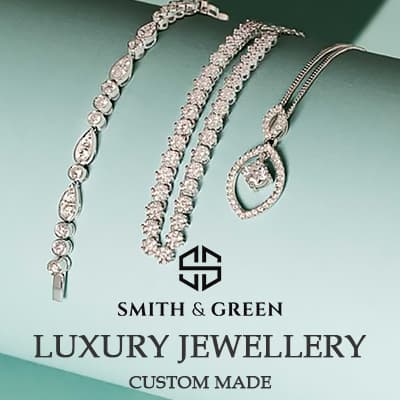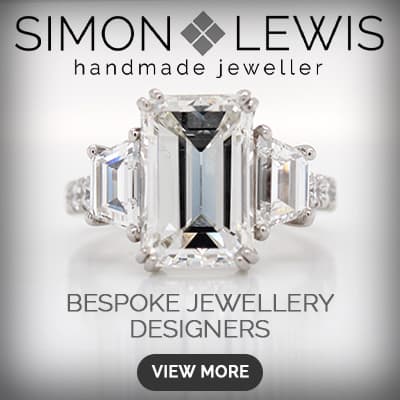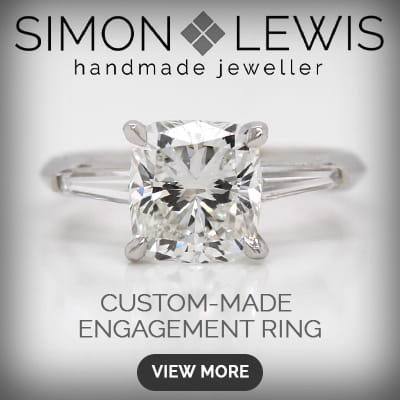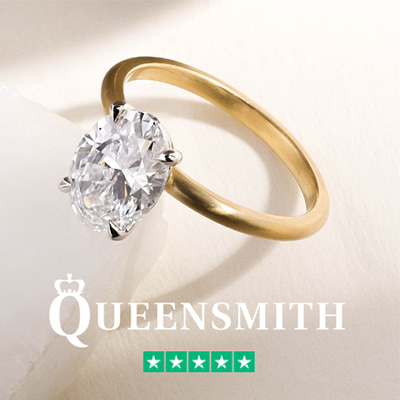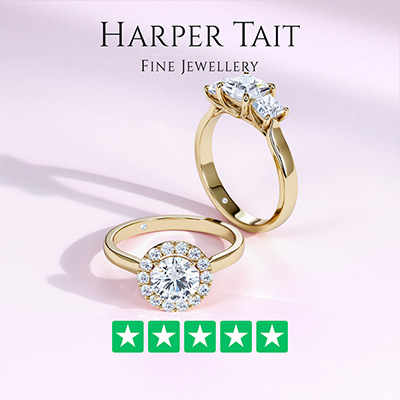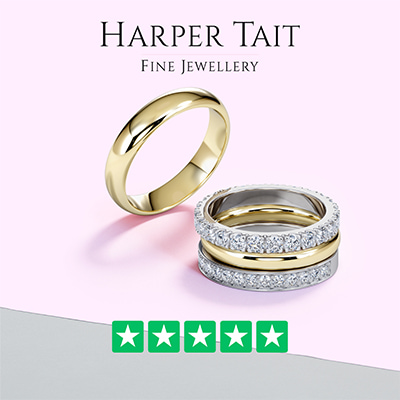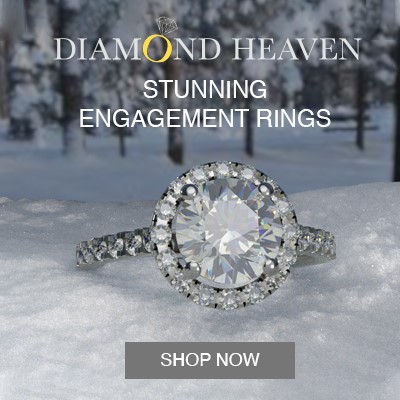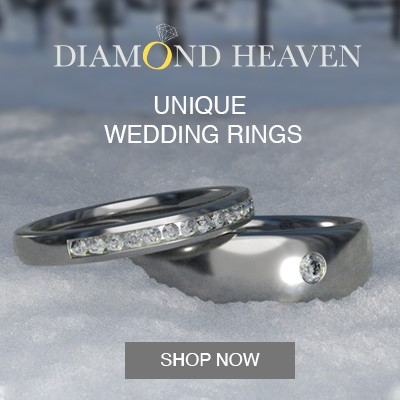Have you ever wondered what turns a raw stone into a dazzling gem that captivates the senses? The answer is rooted in the meticulous art of gemstone grading. This painstaking process is not just about determining a stone’s worth; it’s also about celebrating its unique characteristics. Whether it’s a ruby that has captivated kings or an emerald that evokes the endless verdure of springtime, every gemstone has a story, and grading helps to tell it. Understanding the art and science behind gemstone quality assessment can enrich our appreciation for these natural wonders and ensure we make informed decisions when purchasing.
Trivia: The Hope Diamond, one of the most famous gemstones in the world, has never been officially graded for quality, yet it’s estimated to be worth around $350 million!
The History of Hatton Garden
Nestled in the heart of London, Hatton Garden has long been the epicentre of the UK’s gem and jewellery trade. This iconic marketplace is where you will find Hatton Garden Jewellers, artisans who have mastered the art of evaluating, cutting, and setting gemstones. The tradition here spans centuries, making it a cornerstone in the world of gems. Understanding the legacy of Hatton Garden allows us to better appreciate the standards and techniques used in gemstone grading today.
Anatomy of a Gemstone
To truly grasp the beauty of a gem, one must be familiar with its inner workings, much like appreciating the engineering marvel inside a wristwatch. Two significant factors in grading are gemstone clarity standards and colour grading for gemstones. Clarity refers to the internal and external imperfections a gemstone may have, while colour gauges the richness and hue. Often, these two elements act as dancers in a ballet, gracefully complementing each other to produce a stone’s overall allure.
The Principles of Gemstone Grading
Imagine the grading process as a rigorous courtroom trial, where each gem is carefully examined for its virtues and flaws. This isn’t a mere comparison of beauty but a detailed precious stone evaluation to ensure that each gem meets the stringent standards of quality. From assessing how a gem interacts with light to the minute details visible under a microscope, the grading process is exhaustive. One could say that a gemstone’s value is as intricate as the constellations in the night sky, each star representing a singular quality that contributes to its celestial beauty.
The Technicalities: Cut, Carat, and More
Apart from clarity and colour, other aspects like gemstone cut assessment and gemstone carat weight are pivotal in grading. The cut doesn’t merely refer to the shape of the gem but how well it has been sliced and polished to reveal its inner magnificence. Carat weight, on the other hand, is a measure of size, but it also indirectly influences other characteristics like clarity and colour. A well-cut, hefty gem is a maestro conducting an orchestra, where each facet and flicker of light plays a note in a harmonious symphony.
The article shall continue in Section “B”, covering topics like Certification and Authenticity, What You Need to Know Before Buying, and concluding with the wrap-up and FAQs.
Certification and Authenticity
Certification acts as the badge of honour for a gemstone. It validates all the other aspects we’ve discussed: clarity, colour, cut, and carat weight. The gemstone certification process is conducted by accredited laboratories with no stake in the sale of the stone. This impartiality ensures that you’re getting the truest gemstone quality assurance. Think of the certification as a biography of the gemstone; it tells you everything you need to know about its past and present, giving you peace of mind for your investment.
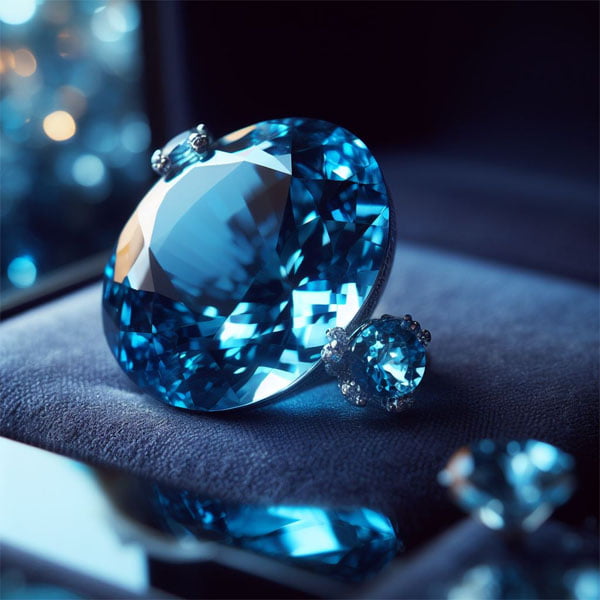

What You Need to Know Before Buying
When you’re on the brink of acquiring a gemstone, whether it’s from Hatton Garden or any other reputable source, you need to be well-armed with information. For instance, understanding grading gemstone hardness is critical. The Mohs scale will give you an idea of how resistant your gem is to scratches. Another element to consider is gemstone transparency assessment. Transparency will give you insights into the overall quality and how the stone will interact with light. In essence, equipping yourself with this knowledge turns you into a discerning connoisseur, able to select a gemstone as one would choose a vintage wine.
Conclusion
From the moment a gemstone is unearthed to the point it adorns a piece of jewellery, it undergoes an incredible transformation. The crucial phase that bestows it with a rating and value is gemstone grading. We’ve traversed the historic lanes of Hatton Garden, understood the anatomy of gemstones focusing on clarity standards and colour grading, dived deep into the principles and technicalities of grading, and emphasised the importance of certification and buyer awareness. Just like a fine painting is not merely a swathe of colours but a carefully constructed piece of art, each gemstone is a masterpiece that holds within it a universe of complexity and beauty.
FAQs
- What is gemstone grading? It’s the process of evaluating a gemstone’s quality based on set standards.
- Is certification necessary? Yes, it provides an impartial quality assurance for your gemstone.
- How is gemstone hardness measured? Hardness is graded on the Mohs scale, ranging from 1 to 10.
- What does carat weight signify? It measures the size and indirectly affects other quality aspects.
- Are Hatton Garden gems better? They adhere to high-quality standards, making them highly reputable.




